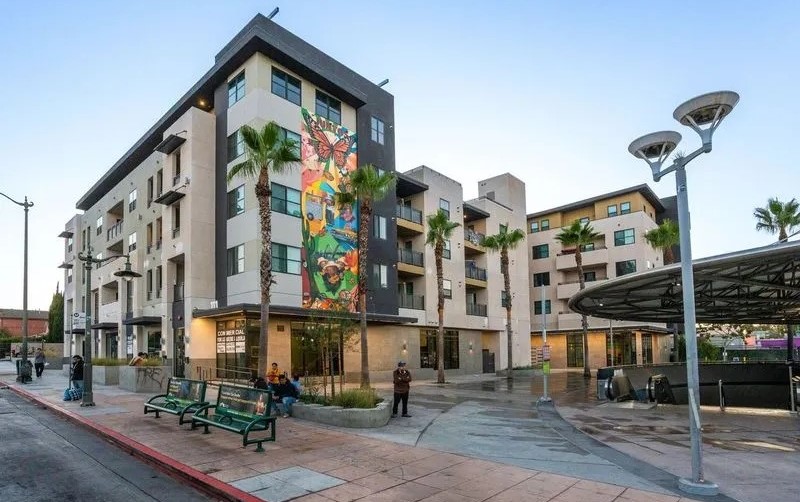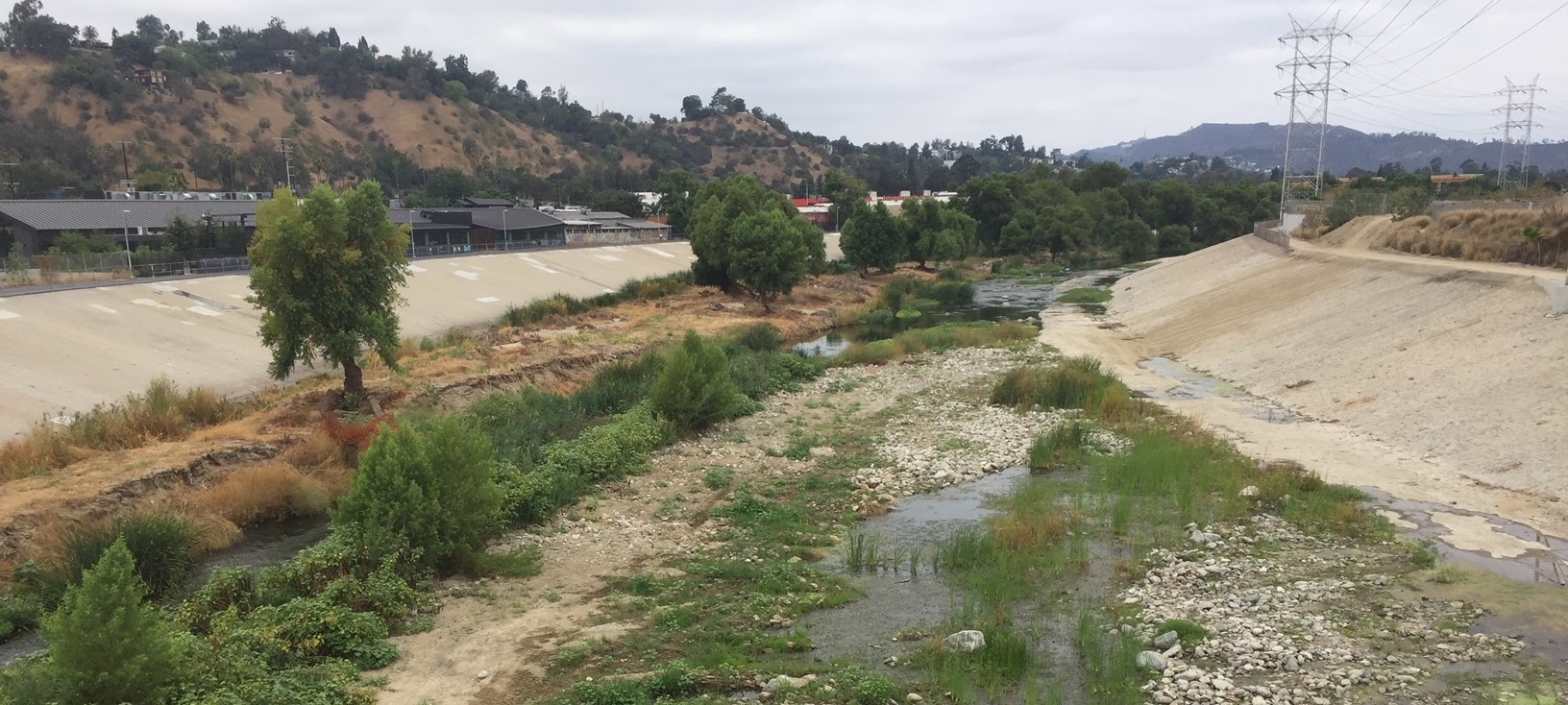The high-water mark for American parking policy came in the early
1970s, when cities including New York, Boston, and Portland set limits
on off-street parking in their downtowns. They were compelled to do so
by lawsuits brought under the Clean Air Act, which used the lever of
parking policy to curb traffic and reduce pollution from auto
emissions. This level of innovation went unmatched over the ensuing
three-and-a-half decades. Only now are U.S. cities implementing
effective new parking strategies that cut down on traffic.
 (Graphic: ITDP)
(Graphic: ITDP)A report released today by the Institute for Transportation and Development Policy [PDF]
highlights the new wave of parking policy innovation that could pay
huge dividends for sustainable transport and livable streets. If your
city aspires to make streets safe, improve the quality of transit, and
foster bicycling, then your city needs a coherent parking policy.
"There
was a 35-year parking coma during which the federal
government, cities, and environmentalists forgot why parking was
important," said John Kaehny, who co-authored the report with Matthew
Rufo and UPenn professor Rachel Weinberger. "This study shows people
are starting to wake up and understand
that parking is one of the most important influences on how cities work
and
what form of travel people choose to use."
The early 70s
parking limits beat back the cycle of more car storage, wider roadways,
and greater sprawl that decimates urban areas. The underlying idea was
simple: Manage the supply of parking, and you can reduce the demand for
driving. Yet in America this notion has gone largely unheeded, even in
cities.
Instead, the authors note, parking policy is
typically divorced from transportation policy and goals like reducing
congestion or encouraging walking and biking. In most of our urban
areas, planners determine parking volumes using suburban standards,
drawing heavily on ill-suited recommendations in "Parking Generation,"
a manual published by the Institute for Transportation Engineers. The
product is abundant, cheap parking -- much of which sits unused most of
the time.
Fully 99 percent of car trips in America end in
free parking, an incentive that crowds out all other modes of
transportation. "Even when the price of parking is free," said
Weinberger, "it’s far from free."
The resulting congestion
impedes the effectiveness of transit. Traffic volumes and
double-parking make bicycling less pleasant and more dangerous.
Walkable environments give way to curb cuts, dead walls, and
land-devouring parking facilities that spread destinations farther
apart. The whole vicious cycle is heavily subsidized, with the cost of
parking absorbed into the price of everything from housing to movie
tickets.
"In a time of economic distress, we can’t afford
to continue these policies," said ITDP's Michael Replogle. "Continuing
to subsidize parking is very costly for all of us."
 Surface parking in downtown Minneapolis. (Photo: ITDP/Zachary Korb)
Surface parking in downtown Minneapolis. (Photo: ITDP/Zachary Korb)The
good news is that some cities are introducing more rational parking
policies guided by coherent goals. The ITDP report pulls together case
studies of several places where these reforms are underway --
information that the authors hope will spur other cities to take
notice. "American parking policy is like bike policy a decade
ago," said Kaehny. "Cities are doing lots of different and interesting
things. But they aren't sharing what they learn in an organized way,
nor are the feds helping spread the word about what is working and what
isn't."
In San Francisco and New York,
programs to bring the price of curbside parking more in line with
off-street parking are reducing the incentive to cruise endlessly for a
cheap spot. In Portland, planners have reduced parking requirements for
new development near transit lines, helping to improve walkability and
increase ridership.
Boulder provides an intriguing
study in parking management as an economic development tool. This small
Colorado city is one of the only places that introduced new parking
policies during the 80s and 90s. After deciding they couldn't compete
with suburban malls by imitating them, local merchants led an effort
that effectively capped the volume of downtown parking and directed
revenue from parking facilities to improve transit, walking, and bicycling.
Other cities will be able to replicate the innovations in the report, said UCLA planning professor Donald Shoup, author of The High Cost of Free Parking.
"Weinberger, Kaehny, and Rufo show how cities can begin to repair the
damage caused by decades of bad planning for parking," he said. "The
case studies of six cities that have reformed their parking policies
provide clear blueprints that any city can adapt to fit the local
circumstances."




